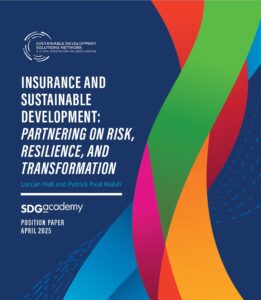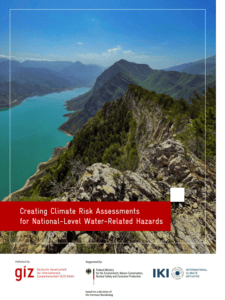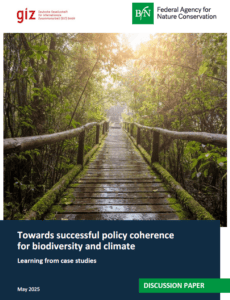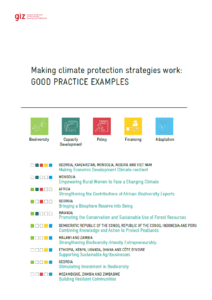Rain-fed agriculture in West Africa is highly influenced by climate-related factors and increasingly by climate change impacts. While climate change impacts show substantial differences within West Africa, only limited information is available on subnational level to guide adaptation planning and allow farmers to adapt to the changing climate conditions. Therefore, science-based climate im-pact assessments on a regional scale coupled with information on suitable adaptation strategies for the agricultural sector are highly required. The aim of the study is to provide a comprehensive climate risk analysis that can guide adaptation planning in northern Ghana, focusing on three districts in the Upper West Region (UWR): Lawra, Sissala East and Wa West. The region was selected due to its high dependency on small-scale agricultural production, its high vulnerability due to unfavourable climatic conditions and historical structural disadvantages within Ghana. As a first step we quantified possible future climatic conditions with five general circulation models under one high emissions scenario (SSP5-RCP8.5) and one low emissions scenario (SSP1-RCP2.6). We compared the future yields of the four widely used crops maize, sorghum, groundnuts and cow peas using a process-based crop model. Based on the projected climate change impacts on the agricultural production for local conditions we analysed different adaptation strategies with regard to their feasibility, (cost-)effectiveness and suitabi-lity for local conditions. The adaptation strategies were suggested by stakeholders from Ghanaian local governmental institutions, civil society, academia, the private sector, practitioners and development partners. The selected strategies include the use of improved seeds, applied irrigation, and two agroforestry measures, namely alley cropping with cashew and Farmer Managed Natural Regeneration (FMNR). For a holistic analysis we applied a crop model and a farm level cost-benefit analysis complemented by extensive stakeholder engagement including two workshops, semistructured expert interviews, and a literature-based assessment.





